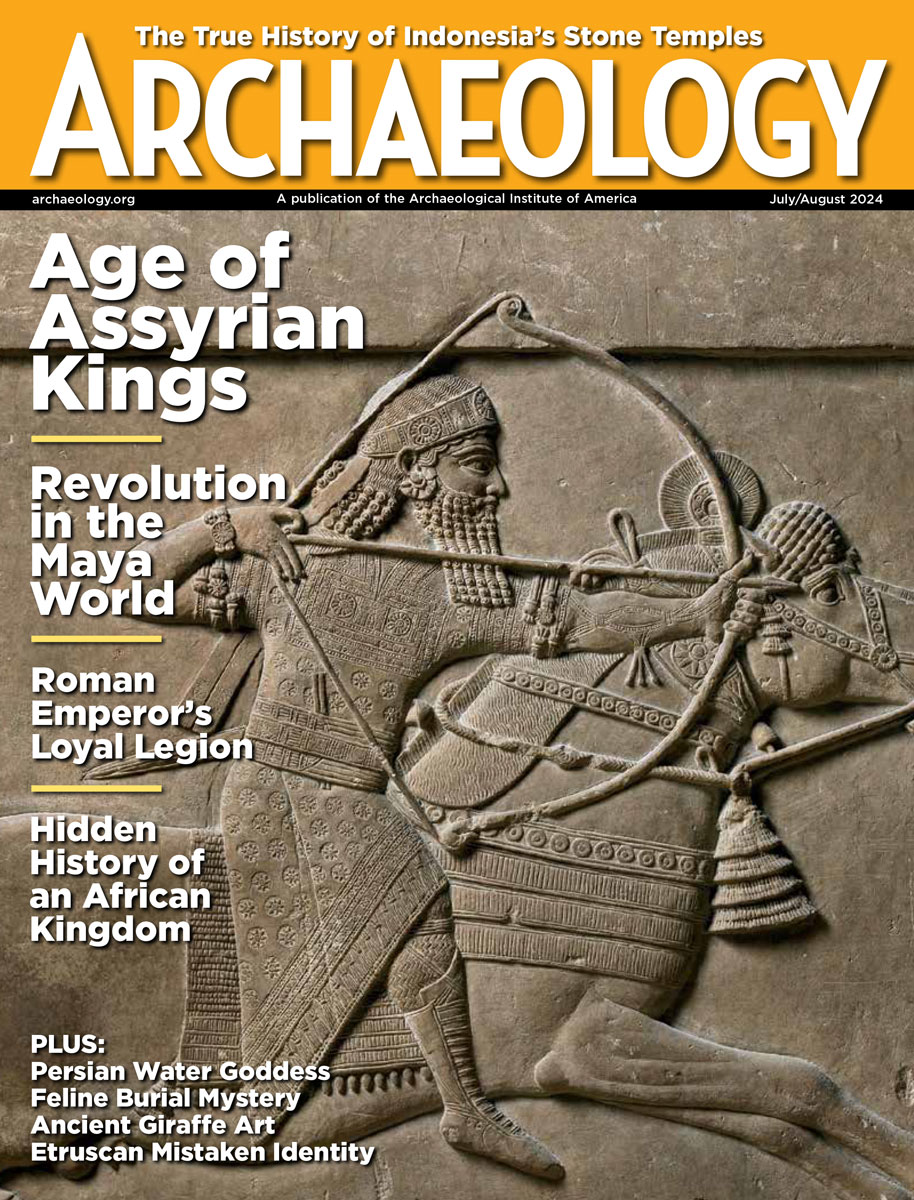
Decorated cane head
DATE
Fourth century B.C.
DISCOVERED
In 1978 in a military officer's tomb, ancient Lu state, the birthplace of Confucius
MATERIAL
Bronze with gold and silver inlay
ON VIEW
In Confucius: His Life and Legacy in Art, at the China Institute Gallery, New York
![[image]](images/artifact.jpg)
When I first saw this cane head at the Confucius Museum in Qufu, Shandong Province, its intricate design--two dragons holding birdlike figures, together forming another bird--immediately called to mind an ancient Chinese ritual dating back to the Zhou Dynasty (ca. 1050-771 B.C.). According to the Rites of Zhou, a book outlining ceremonies and organizational systems of the period, it was customary as a sign of respect to bestow a cane upon both accomplished military officers and those who had reached 70 years of age, an unusually long lifespan during this period. Some 400 years later, Confucius (551-479 B.C.) studied the nearly forgotten text, and revived the tradition of giving a cane as a sign of respect. This example excavated in the philosopher's hometown is likely a prototype for later examples that also include bird imagery. During the Han Dynasty (206 B.C.-A.D. 220), the emperors adopted Confucian teachings, which became the ideological foundation of China's feudal dynasties and an ethical guide for human interaction in everyday life. Throughout the period, the emperor continued to honor elders over 70 by giving them a cane as an expression of good wishes and respect, and as a reflection of the Confucian ideology of filial piety and benevolence. Because the elderly often choke on their food, the Han chose to decorate their canes with a turtledove, a bird that never chokes when it eats.
Willow Weilan Hai Chang is Director, China Institute Gallery, New York
Advertisement

Advertisement







